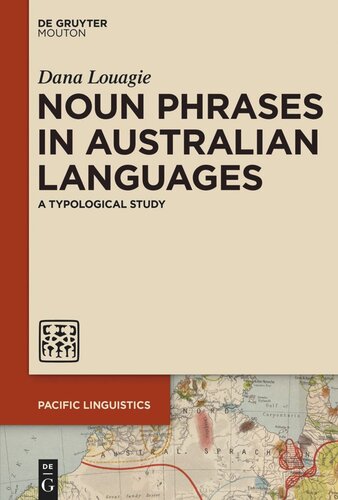

Most ebook files are in PDF format, so you can easily read them using various software such as Foxit Reader or directly on the Google Chrome browser.
Some ebook files are released by publishers in other formats such as .awz, .mobi, .epub, .fb2, etc. You may need to install specific software to read these formats on mobile/PC, such as Calibre.
Please read the tutorial at this link: https://ebookbell.com/faq
We offer FREE conversion to the popular formats you request; however, this may take some time. Therefore, right after payment, please email us, and we will try to provide the service as quickly as possible.
For some exceptional file formats or broken links (if any), please refrain from opening any disputes. Instead, email us first, and we will try to assist within a maximum of 6 hours.
EbookBell Team

4.0
86 reviewsThis book presents a first comprehensive typological analysis of noun phrases in Australian languages, covering the domains of classification, qualification, quantification, determination and constituency. The analysis is based on a representative sample of 100 languages. Among other points, the results call into question the classic idea that Australian languages tend to lack phrasal structures in the nominal domain, with over two thirds of the languages showing evidence for phrasehood. Moreover, it is argued that it may be more interesting to typologise languages on the basis of where and how they allow phrasal structure, rather than on the basis of a yes-no answer to the question of constituency. The analysis also shows that a determiner slot can be identified in about half of the languages, even though they generally lack 'classic' determiner features like obligatory use in particular contexts or a restriction to one determiner per NP. Special attention is given to elements, which can be used both inside and beyond determiner slots, demonstrating how part of speech and functional structure do not always align. The book is of interest to researchers documenting Australian languages, as well as to typologists and theorists.